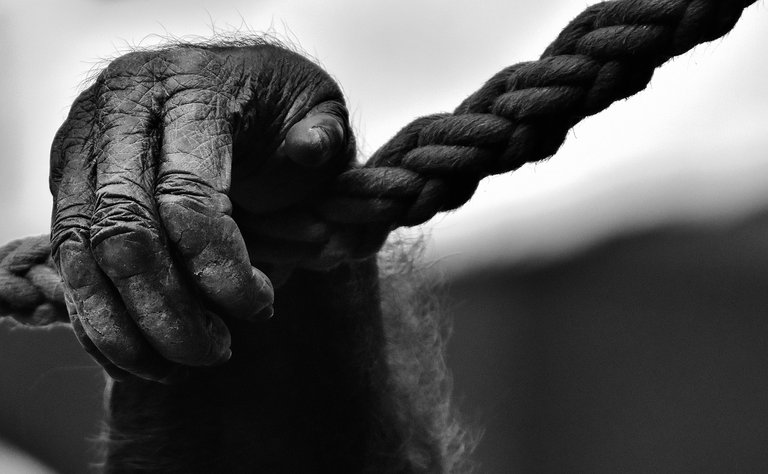Daniel Stiles leads the project to end monkey slavery (PEGAS) and has been investigating the monkey trade for four years. Since 2013, he has made several trips to the Middle East, China and Southeast Asia, where he has observed an increase in circus shows with chimpanzees and orangutans.
Daniel Stiles, 72, was so fascinated decades ago by anthropology students that he delved deeper and deeper into the world of monkeys. As main author he wrote "Stolen Apes". A report by the United Nations in 2013, which was considered one of the first comprehensive attempts to document the illegal monkey trade.
He and the other researchers estimated that smuggling had claimed more than 22,000 apes - either victims of "human trafficking" or killed. Exactly in 2013, we called for net-women: STOPP - the sale of the apes. It was the animal photographer, book and film author Karl Ammann who asked us to draw people's attention to the terrible conditions in the trade with monkeys with his contribution "Ausverkauf der Menschenaffen".
Five years have passed, but the trade with these beautiful and intelligent animals is still flourishing. Now the New York Times has looked at international monkey smuggling and the report is shocking.
Daniel Stiles is now a "monkey detective" in Kenya and has spent weeks on Instagram, Facebook and WhatsApp searching for images of gorillas, chimpanzees and orangutans. He hoped to destroy an illegal global trade that has captured or killed tens of thousands of apes and brought some endangered species to the brink of extinction.
"The way they do business," he said about monkey traders, "makes the mafia look like amateurs."

Source
Plagiarism is the copying & pasting of others work without giving credit to the original author or artist. Plagiarized posts are considered spam.
Spam is discouraged by the community, and may result in action from the cheetah bot.
More information and tips on sharing content.
If you believe this comment is in error, please contact us in #disputes on Discord